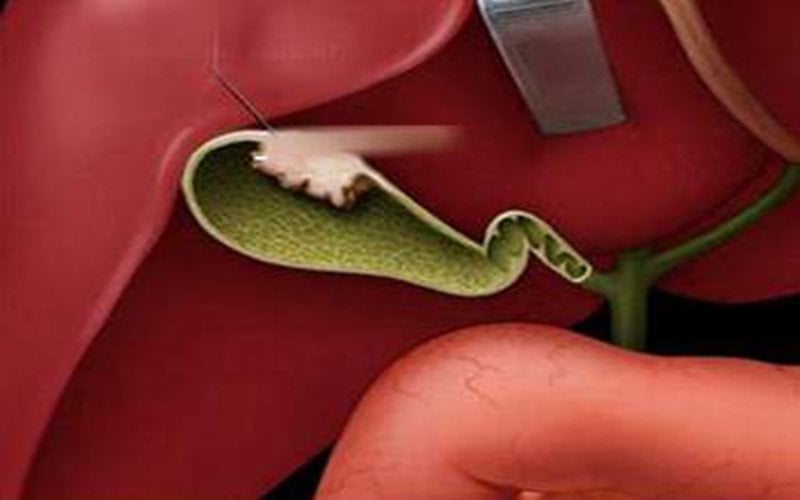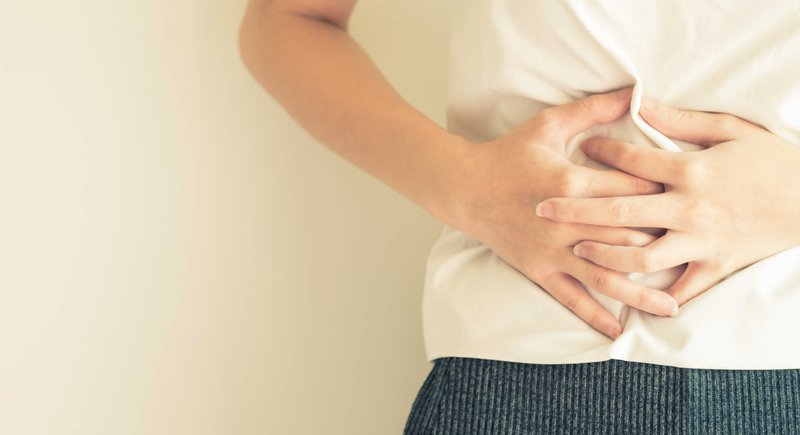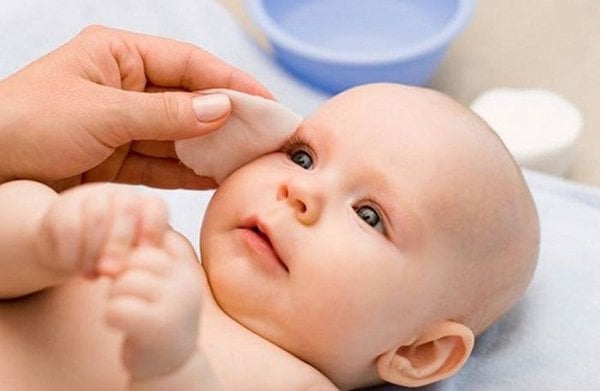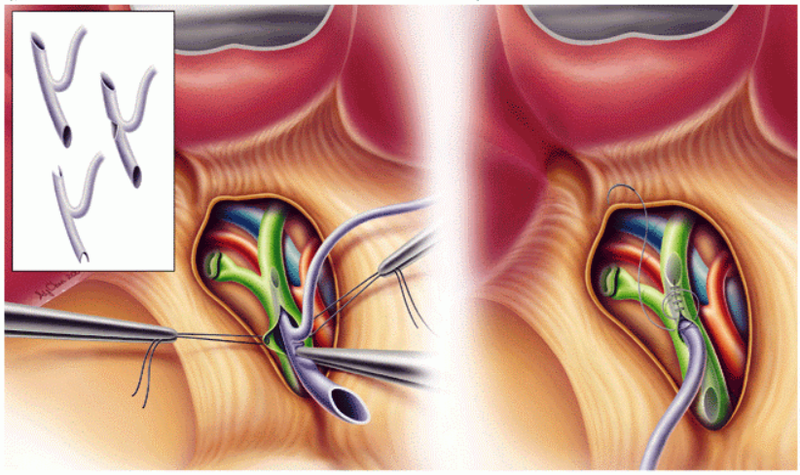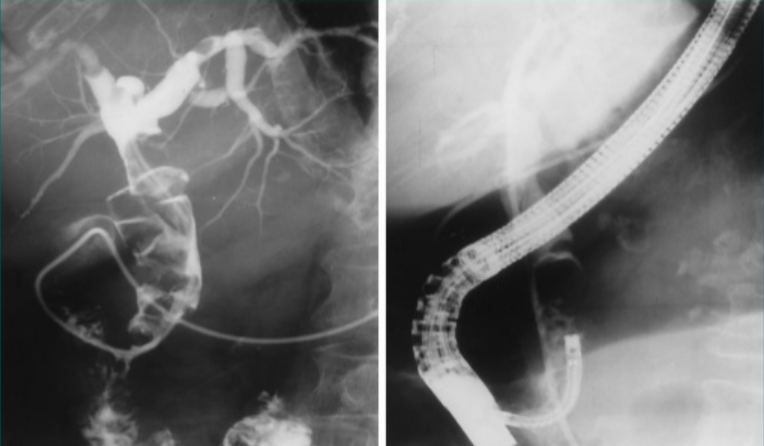Pale stools: Possible causes and when to seek help
This is an automatically translated article.
Posted by Master, Doctor Mai Vien Phuong - Department of Examination & Internal Medicine - Vinmec Central Park International General Hospital
Normal stools can have a different brown color, mainly due to your diet. If your stools are pale or clay-colored, you may have problems with the bile duct system, which includes the gallbladder, liver, and pancreas.
1. What is pale stool?
Bile salts are excreted by the liver in the stool, giving the stool its brown color. If your liver doesn't produce enough bile, or if the flow of bile is blocked and doesn't leave the liver, your stools may become pale or clay-colored.
Occasional pale stools may not be a cause for concern. If it happens often, you may have a dangerous disease. You should see your doctor whenever you pass pale or clay-colored stools to rule out illness.
2. Medical conditions that can cause pale stools
There are many possible causes of pale stools. Some common causes include:

Phân bình thường có thể có màu nâu khác nhau, chủ yếu là do chế độ ăn uống của bạn
2.1. Medicine
Some medications such as: Nonsteroidal anti-inflammatory drugs ibuprofen (Advil) and naproxen (EC-Naprosyn), birth control pills, some antibiotics and anabolic steroids can cause drug-induced hepatitis. Drug-induced hepatitis is swelling or inflammation of the liver caused by medication.
Drug-induced hepatitis and related discoloration usually go away within a few weeks of stopping the drug in most people.
Drug-induced hepatitis and related discoloration usually go away within a few weeks of stopping the drug in most people.
2.2. Hepatitis
Viral hepatitis is swelling or inflammation of the liver caused by viruses such as hepatitis A, B or C. Hepatitis C often leads to liver disease.
Your doctor can diagnose the type of hepatitis virus you have and help you find the best treatment plan for you.
2.3. Alcoholic hepatitis
Alcoholic hepatitis is swelling or inflammation of the liver caused by drinking too much alcohol. Alcoholic hepatitis can lead to liver disease or liver failure.
To treat this form of hepatitis, you will have to stop drinking alcohol. Your doctor can help you if you become dependent on alcohol. Alcoholic hepatitis can also cause malnutrition, so you may also need to follow a special diet to get the vitamins and other nutrients you need.
Medications such as prednisone (RAYOS) and pentoxifylline (Pentopak) can also treat hepatitis.
In severe cases, a liver transplant may be needed.
2.4. Cirrhosis
Biliary cirrhosis is inflammation or irritation of the bile ducts in the liver. The inflammation or irritation blocks the flow of bile to the intestines. The exact cause of biliary cirrhosis is still unknown. There is no cure for biliary cirrhosis and the disease can be fatal.
Treatment can help control the symptoms of the disease and prevent complications. Commonly prescribed medications include cholestyramine (Questran) to treat itching, and ursodiol (Urso Forte), which helps remove bile from the blood.
Your doctor may also recommend vitamins A, K, E and D to replace nutrients lost in fatty stools. Calcium supplements can also help prevent bone density loss.
In severe cases, your doctor may recommend liver treatments.
2.5. Gallstones
Gallstones are hard deposits in the gallbladder that can block the flow of bile.
Medicines can sometimes dissolve gallstones. You may need surgery to remove gallstones if they are large or medications aren't working.
2.6. Sclerosing cholangitis
Sclerosing cholangitis is inflammation or scarring of the bile ducts, which are the tubes that carry bile throughout the body. The exact cause of this disease is unknown, but genetic factors may be partly responsible.
Both medication and surgery are possible treatments for sclerosing cholangitis. Commonly prescribed medications include:
cholestyramine (Questran) prednisone (RAYOS) ursodiol (Urso Forte) azathioprine (Azasan) cyclosporine (Sandimmune) Your doctor may also prescribe vitamin A, D, E, and K supplements for replace what the body has lost. Your doctor may also prescribe antibiotics.
Common surgeries used to treat sclerosing cholangitis include:
Balloon endoscope: inserting a balloon at the end of a long tube into the bile duct to open any narrowing. Biliary Catheter: Place a drain into the narrowing of the bile duct. Resection of the colon and rectum in severe cases Liver transplantation
2.7. Structural defects in the biliary system
You may be born with structural defects in the biliary system that prevent the flow of bile.
After a physical exam, your doctor may order some tests to determine if you have a structural defect. These tests include blood tests, scans, and X-rays.
Your doctor can surgically correct the defect. The type of defect will determine the type of surgical procedure the doctor will use.
2.8. Honey
Cholecystectomy can lead to narrowing of the biliary tree. This condition is called biliary obstruction.
Doctors can correct problems using surgery or stenting. A stent is a small tube that the surgeon places inside the ducts to keep them open so that bile can flow freely.
SEE ALSO: Biliary stenting to treat bile duct obstruction
2.9. Tumor
Benign (non-cancerous) or malignant (cancerous) tumors in the biliary system can interfere with the flow of bile or inflame the liver.
The doctor can surgically remove the tumor. If the tumor is cancerous, you may need radiation therapy, a therapy that uses X-rays or gamma rays to kill cancer cells. Chemotherapy may also be used. This is the use of powerful drugs to kill cancer cells.
2.10. Cysts
Cysts on the biliary tract can block the flow of bile.
The cysts may go away without treatment or the doctor may perform surgery to remove them. The surgery is performed laparoscopically with small incisions and less discomfort than conventional surgeries.
3. Complications of pale stools
3.1. Pale stools in adults
One of the most common complications of pale stools is jaundice. This is due to the accumulation of bile in your body. Jaundice is yellowing of the skin or around the whites of the eyes. See your doctor immediately if you have signs of jaundice as it could also be a symptom of liver disease.
3.2. Pale stools in children
Light-colored stools in children are often caused by colorful foods such as breakfast cereals. However, pale, white, or clay-colored stools in children can have a more serious cause. Some causes are:
Barium sulphate milk-only diet from barium enema Antacids Blocked bile ducts or liver disease You should contact your doctor whenever your child's stools change color, especially especially if the child has not eaten any light colored foods or if the stools are pale, white or clay colored. Only your doctor can determine the exact cause and prescribe the appropriate treatment.
If the cause is food or medication, removing them from the child's diet will clear up the condition. If the cause is liver disease or blocked bile ducts. This can be life-threatening and may require surgery or medication.

Phân có màu sáng ở trẻ em thường là do thức ăn nhiều màu sắc như ngũ cốc ăn sáng
4. Diagnosis of pale stools
Your doctor will ask you questions about accompanying symptoms and medications you are taking. Your doctor may also perform tests to help diagnose the cause of your pale stools. Tests may include:
Blood tests to check for infection and jaundice Computed tomography (CT) to see if you have swelling of your liver or bile ducts Magnetic resonance cholangiopancreatography (MRCP): One special type of magnetic resonance imaging (MRI) that captures detailed images of the biliary system Abdominal ultrasound to develop a picture of your organs esophagogastroduodenoscopy or retrograde cholangiopancreatoscopy diagnosis of biliary tract diseases. Once the underlying cause of pale stools is treated, your stools should return to their normal brown color. However, some causes, such as liver disease and some cancerous tumors, cannot be cured. If the cause is incurable, you will continue to have pale or clay-colored stools.
Some causes of pale stools are not preventable, but others are. Some forms of hepatitis have vaccines to prevent. Alcoholic hepatitis can be prevented by not drinking excessively. If the cause is unknown, try to have healthy bowel movements by eating a balanced diet that is high in fiber.
Please dial HOTLINE for more information or register for an appointment HERE. Download MyVinmec app to make appointments faster and to manage your bookings easily.
This article is written for readers from Sài Gòn, Hà Nội, Hồ Chí Minh, Phú Quốc, Nha Trang, Hạ Long, Hải Phòng, Đà Nẵng.

